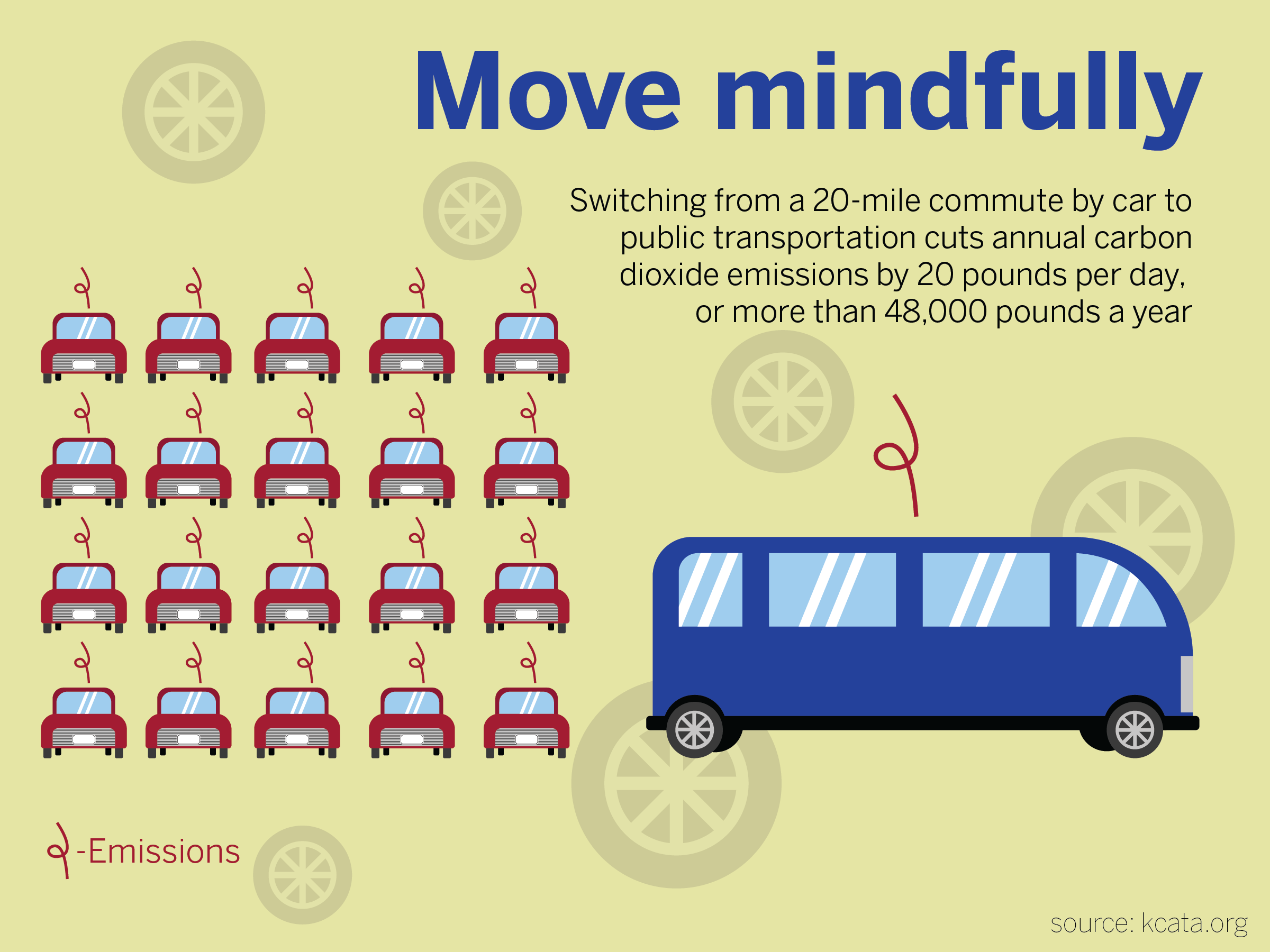Opinion: 140 inches of projected Syracuse snow shows climate change severity

Meteorologists warn this could be one of Syracuse’s coldest winters in years. But this isn’t “just Syracuse being Syracuse,” our columnist argues, it’s a sign of climate change disrupting seasons. Hannah Mesa | Illustration Editor
Get the latest Syracuse news delivered right to your inbox.
Subscribe to our newsletter here.
On Nov. 11, the first snow of the semester greeted the city of Syracuse, to which residents and students responded with thicker jackets and winter boots. But this year, the familiar blanket of white covering campus points to something bigger: Meteorologists are concerned of what may be one of the coldest winters in years.
As temperatures drop this winter, climate change may not seem like a pressing issue. And with Syracuse’s reputation for cold weather, it’s easy to overlook the bigger problem. Instead of dismissing it as “just Syracuse being Syracuse,” we need to recognize this example of how climate change disrupts our seasons.
Climate change is often misunderstood as a trend toward higher temperatures. In reality, it doesn’t mean warm winters and warmer summers – it means instability. Climate change is more accurately defined by climate extremes, which include harsh transitions between seasons, unpredictable temperature changes from year to year and heavier snowfall.
Take Syracuse, for example. In the winter of 2023-24, the city experienced one of its lowest snowfall totals on record at only about 50 inches. 2024 was also the hottest year on record. This year, we’re expected to see a dramatic increase with predictions of up to 140 inches. As this weather approaches, we should be reminded of the silent perpetrators of climate change.

Zoey Grimes| Design Editor
Winters feel colder in many regions because climate change is significantly affecting the Arctic. The National Oceanic and Atmospheric Administration defines the Arctic polar vortex as a ring of strong winds that keeps cold air tightly circulated over the North Pole.
But now, it’s warming nearly four times faster than the rest of the world, according to PBS. As a result, the vortex is weakening and causing the temperature contrast between the Arctic and regions across the mid-latitudes to narrow. This disruption allows cold air from the Arctic to spill south, creating extremely cold outbreaks.
But according to the United Nations, the largest contributor to climate change is fossil fuels, which is an element we can have far more direct influence on. From manufactured goods such as electronics and clothing to the electricity and heat generated in our homes, much of that energy comes from coal, oil and gas – fuels that release carbon dioxide and other greenhouse gases that trap heat in the atmosphere.
But there’s a crucial problem: People don’t seem to be motivated to address climate change.
The trade-off between short-term and long-term benefits doesn’t feel worth the effort because we don’t see climate change as an immediate threat, but rather as a problem we can leave to future generations. But the truth is, it’s escalating faster than most people realize.
Taking action against climate change doesn’t have to be complicated. Small adjustments to daily activities can build up to drive change.
First, I try to save energy at home. The majority of our electricity and heat are generated by coal, oil and gas, so reducing the use of heating and cooling appliances can make a big difference. Even a simple swap like hanging laundry to dry instead of using a dryer lowers energy consumption. In fact, consider switching from fossil fuel-based electricity to renewable sources, including solar or wind.
I also walk or bike when I can, and take public transportation when I can’t. Roads are often congested with vehicles, most of them running on gasoline or diesel, so choosing to walk or bike reduces greenhouse gas emissions.
Syracuse University offers free shuttle services for students and faculty that run through various locations across campus. The Parking and Transportation Services also provides schedules outlining bus routes to ensure reliable and efficient travel.
Even if a bus burns diesel, its emissions per passenger are much lower than those of a car. For example, if 20 people drive separately, that means 20 engines. If those same 20 people take a bus, it’s just one. Buses are affordable, fuel-efficient and significantly reduce carbon emissions, contributing to a greener community.
When in doubt, I go back to the basics: reduce, reuse and recycle. Overconsumption has a direct effect on global emissions. Industries burn large amounts of fossil fuels to produce and transport goods. To reduce waste, I limit purchases, make full use of items and recycle the rest.
If these changes aren’t compatible with your lifestyle, simply speaking up about the climate crisis is still an effective way to make an impact. Local organizations such as the Sustainable Syracuse Initiative work to educate and engage residents with tools to reduce carbon footprints and address the effects of climate change. It makes a big difference to simply get involved and encourage friends and family to do the same.
We can’t keep treating brutal winters as just another Syracuse quirk. They’re warnings, and we can’t afford to ignore them any longer.
Gain Lim is a freshman majoring in Health & Exercise Science. She can be reached at glim06@syr.edu




